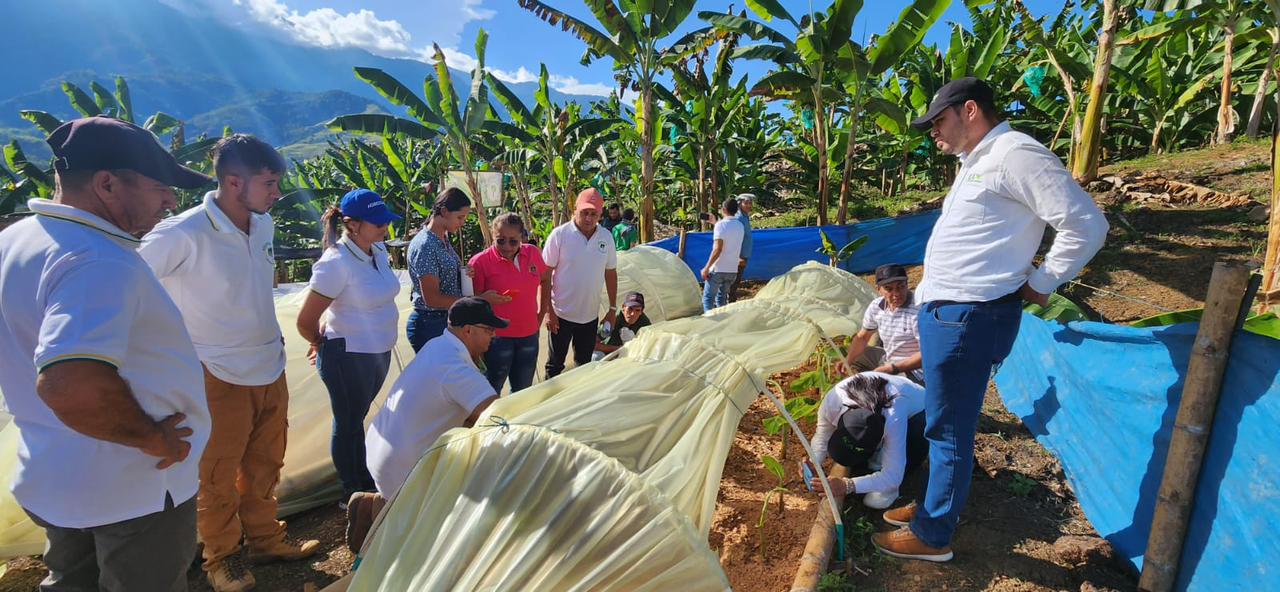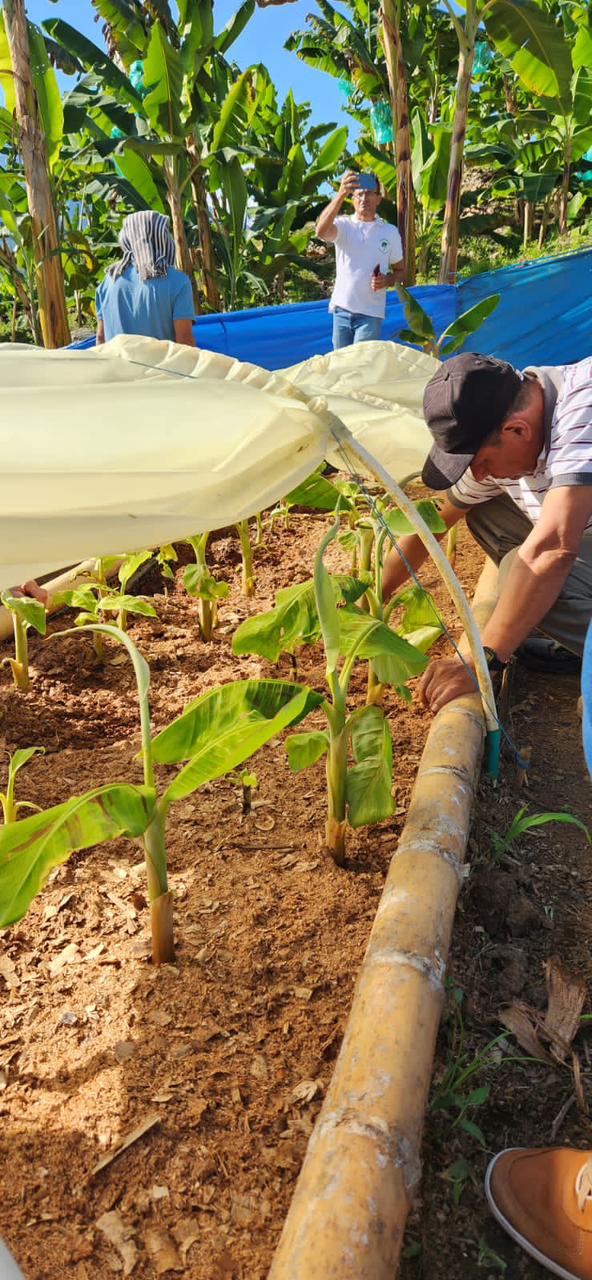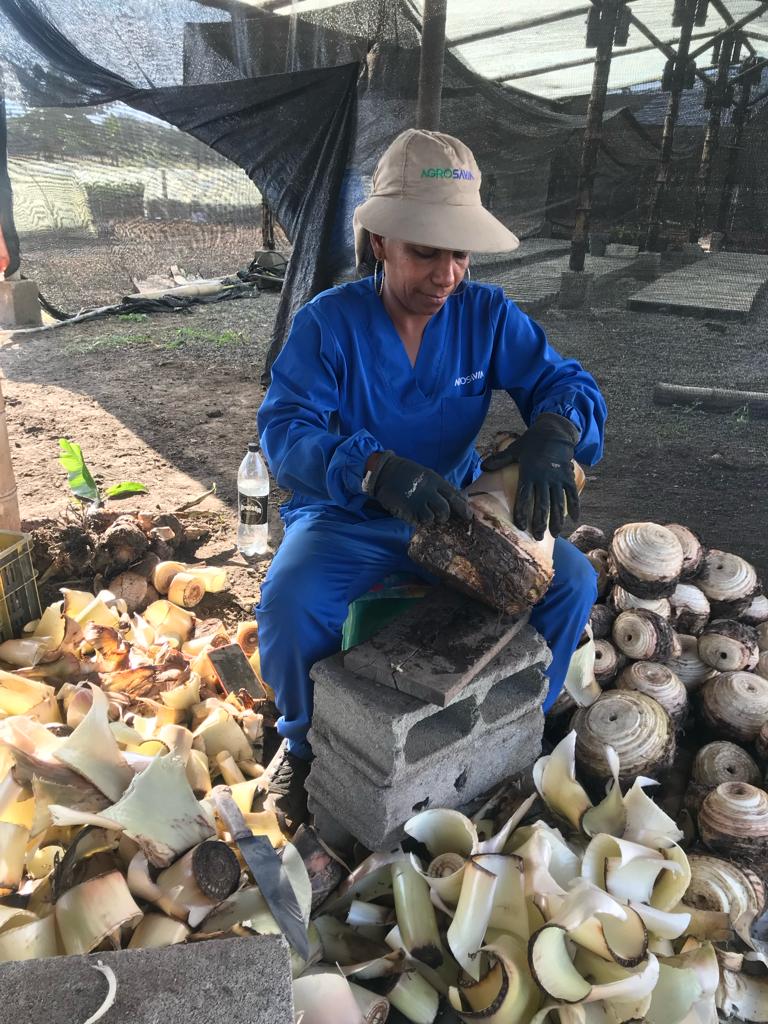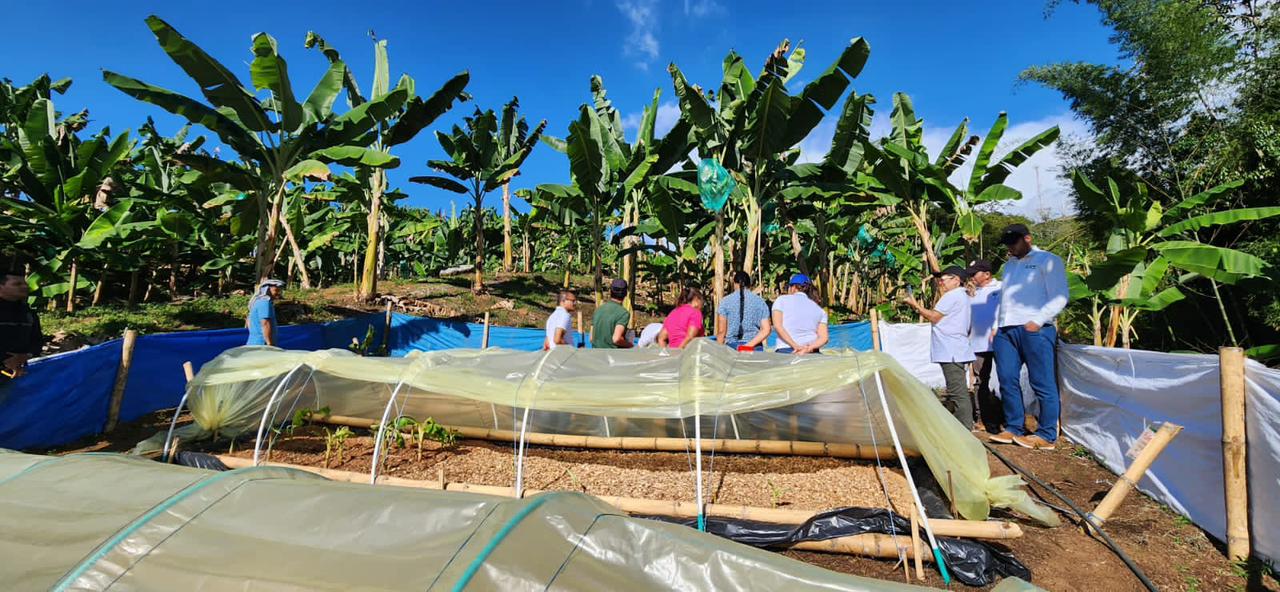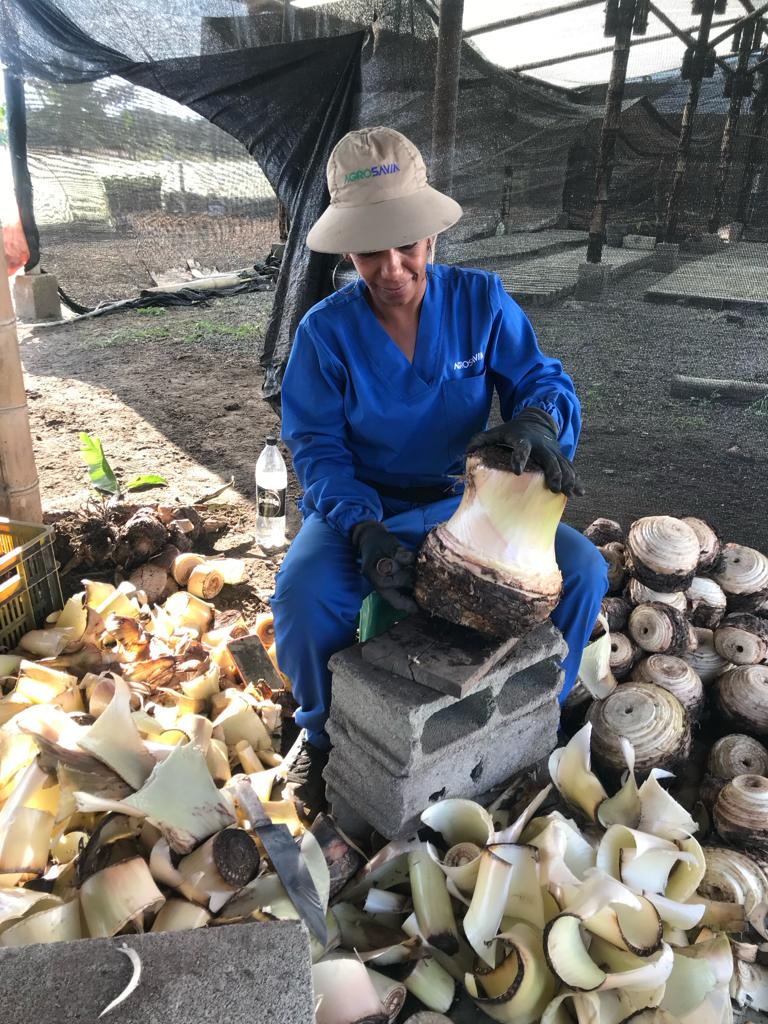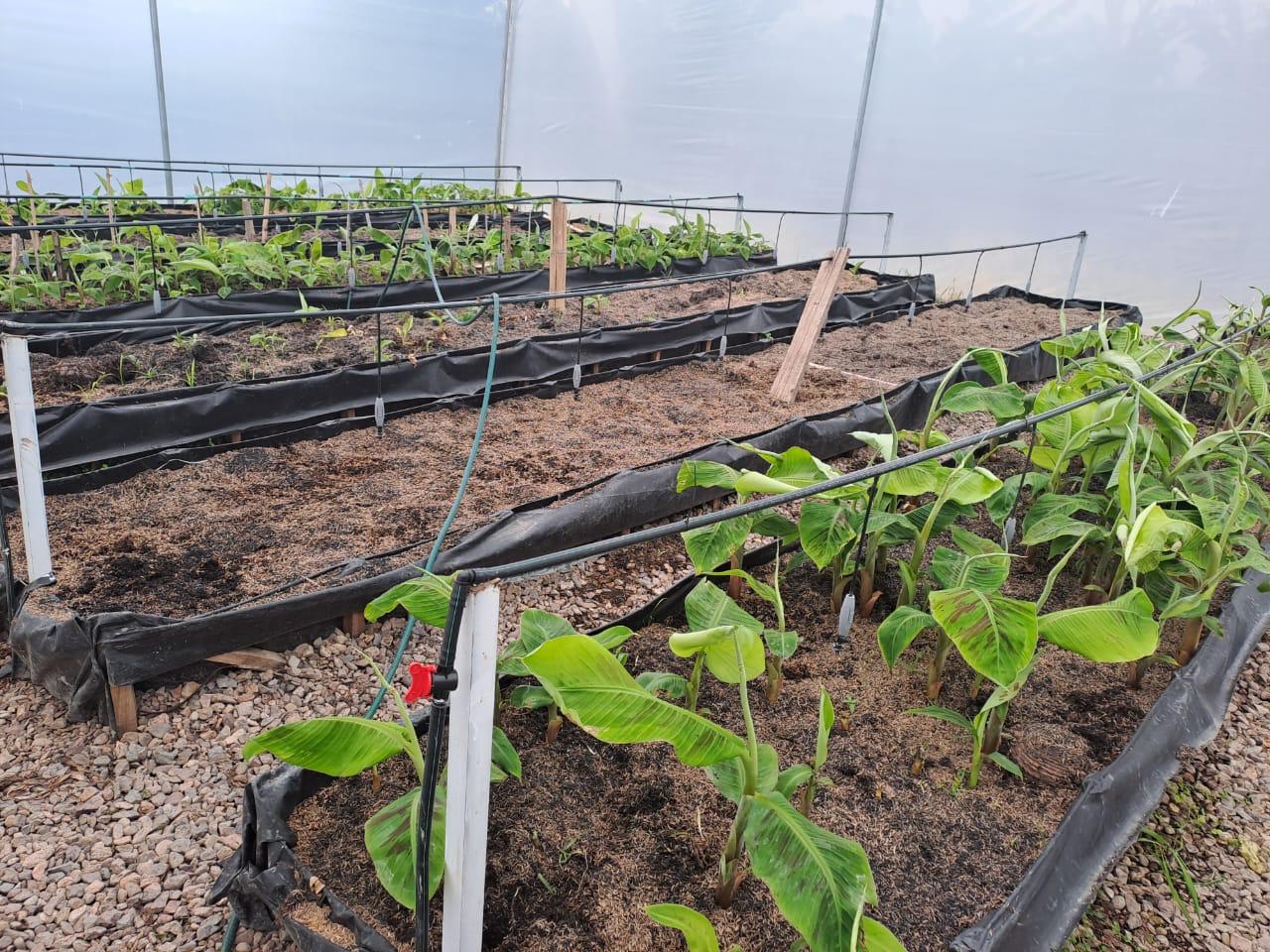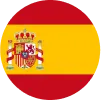Plantain seed multiplication
Hartón, Dominico Hartón
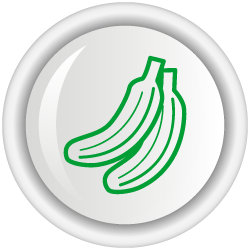
- Thematic area:
- Planting material and genetic breeding
- Productive system:
- Plantain
- Geographic coverage:
-
Orinoquia, Andean, Amazon, Pacific, Insular and Caribbean regions
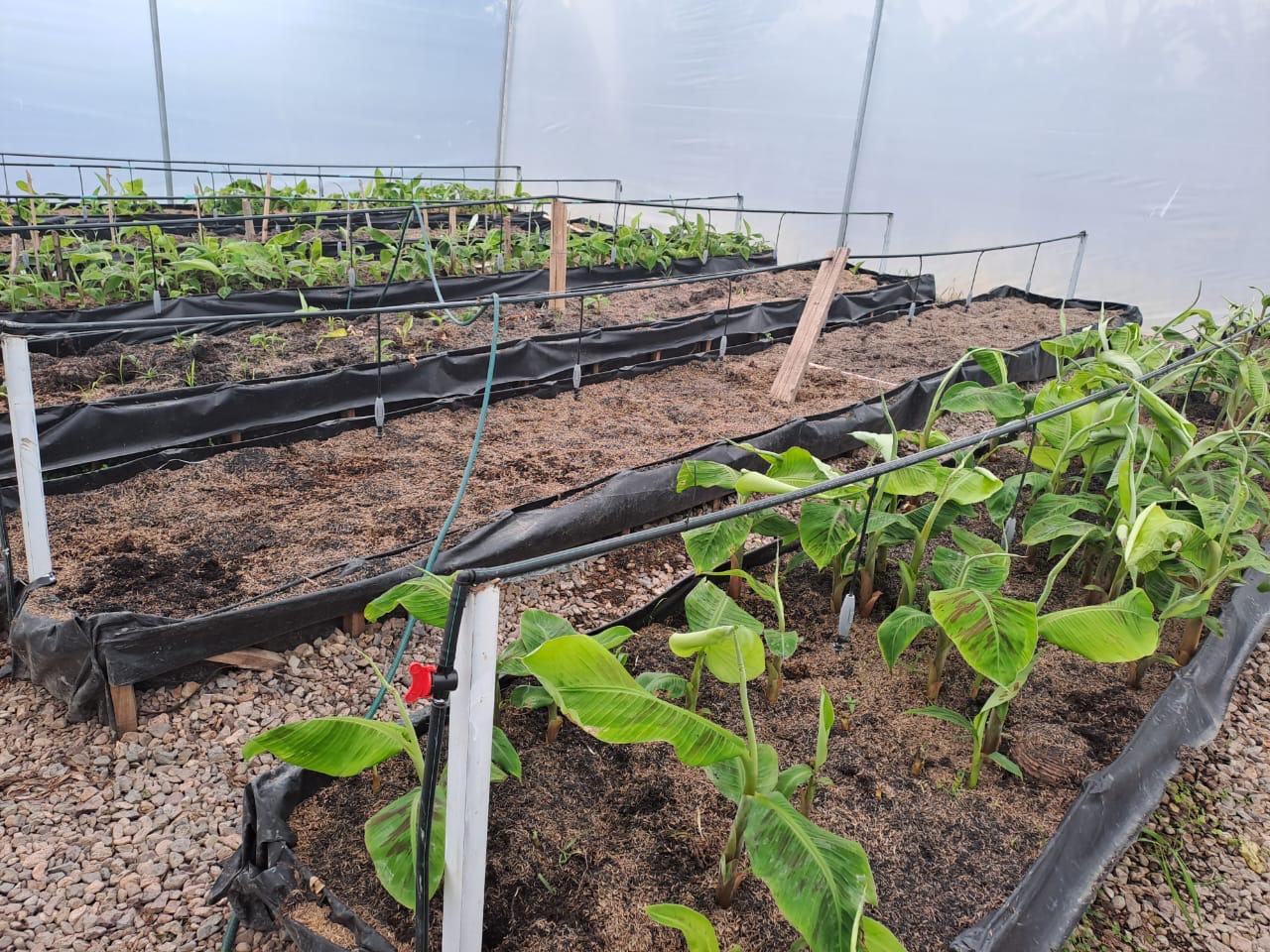
Description
In this methodology, plantain seed production schemes are proposed. These can vary both in time and investment, depending on the route selected for the establishment of seed multiplication core; among them:
- Mother Garden and intensive multiplication garden in the field
- Seed multiplication using thermal cameras or tunnels
- Multiplication by explanting in bags and developing in hardening chambers. Management of seedlings in the nursery
The production scheme of this technology provides the necessary information to carry out the following processes:
- Selection of the business model according to the defined self-sufficiency or commercialization projection.
- The possibility of carrying out the process before ICA to obtain registration as a plantain seed producer. Further, in the event that the business model is aimed at the marketing or distribution of seed for sale,
- Selection of the plot and adaptation of the area intended to produce plantain seeds.
- Selection of elite plantain plants with vigor, health, and optimal productivity traits. Additionally, carry out the health diagnosis and verify the agronomic and productive characteristics.
- Execution of fieldwork following the multiplication method: disinfection, leaf removal, stumping, explant, fertilization, and weed control.
- Harvest the corms when they meet the necessary conditions, depending on the destination and the multiplication method, either via hardening in the field or direct planting in the definite site.
The production of quality seed by implementing this scheme reduces the probability of the presence of pests and pathogens transmitted by planting material (e.g., Moko, viruses, weevils, nematodes, Fusarium oxysporum f. sp. cubense), increases the optimal establishment of plantain crops, provides better yields and productions and avoids or reduces the risk of introduction, spread or proliferation of health problems that limit crop cultivation.
Obtaining quality seed favors economic gain depending on the business model that the producer establishes, reducing the cost of purchasing seed. In addition, expenses caused by managing sanitary problems transmitted by the seed decrease, and an increase in production per plant is expected. In turn, having quality seed benefits the physical and physiological aspects since bunches or racemes of good weight are obtained in accordance with the productive potential of the clone, as well as a more uniform production. That is, using quality seed has comparative and competitive advantages in crop development, production and yield and avoids health problems caused by using non-quality seed.
Another benefit is the greater efficiency of seed production, whose estimated multiplication rate would range between 1:5 and 1:7. It also increases the planted material's reliability and quality, representing better and more predictable productions. Also, the times to obtain quality seeds are shorter than conventional ones. Once the beds are established to obtain sprouts, obtaining the plant material takes five (5) to six (6) months to transplant the seedlings to the final site.
Quality seed has different niches and potential markets: plantain producers, plantain producer organizations, promotion programs directed by UMATAs, NGOs, mayors' offices, Epsagros, multilateral organizations, and state agencies, among others. Likewise, there are agroecosystems where plantains play a very important role, such as in associated crops, where plantains are used as temporary shade (e.g., coffee and cocoa production systems).
The route selected for the establishment of seed multiplication nuclei may have all or some of the following stages:
1. Mother Garden: planting area where plant material is established. From the established material, the plants with the best agronomic, health, and productive traits will be selected and become elite clones. From these, seeds will be obtained for planting in the different areas within the production scheme, whether in Intensive Multiplication Garden (IMG), tunnels and/or multiplication chamber and nursery.
1.1. Intensive multiplication garden (IMG) in the field: high-density plantain planting area (6,666 plants/ha), arranged in double furrows with a distance between double furrows of 1.8 m; between single furrows of 1.2 m and 1.0 m between plants. Depending on the region, the pseudostem is cut from each plant at the floral differentiation time, which can occur between months 5 and 7, depending on the region, and the apical dominance is broken. This favors the development of the lateral buds of the corm. After 2 or 3 months of induction, the corms from each planting site are selected and can be used as seed for direct sowing in the field (corms), taken to a bag for development under nursery conditions, or used in production processes of sprouts in tunnels and/or multiplication chambers.
2. Seed multiplication using thermal chambers or multiplication tunnels: these are structures made of plastic to promote an increase in temperature inside them and thereby generate greater acceleration in the growth of the lateral sprouts of the corm. When the sprouts reach two or three true leaves, they are removed from the corm and placed in polyethylene bags with a suitable substrate for hardening in the nursery. The approximate multiplication rate in this type of structure is between four and eight sprouts per corm. The difference between thermal cameras and multiplication tunnels lies in the infrastructure's design, size, complexity, and cost, which is higher in thermal chambers.
3. Multiplication by explant in bags and development in hardening chambers: the sprouts induced in the corm through the methods of using thermal chambers or tunnels can be taken to polyethylene bags and placed in structures called hardening chambers (whose approximate size is 1.2 m wide and 5 m long), where the seedlings continue their development cycle until completing the nursery phase.
4. Management of seedlings in the nursery: the corm-type planting material or induced sprouts from the Mother Garden, IMG and/or tunnels and multiplication chamber can be taken directly to a polyethylene bag with a previously prepared substrate to complete its development cycle as seedling until the conditions for establishment in the field are reached, i.e., in approximately 3 months.
Associated publications
- Booklet: Prácticas de manejo sostenible para el cultivo de plátano.
- Foldable: Sistema de trazabilidad para productores de semilla: conceptos esenciales.
- Manual: Manual técnico para la producción de semilla de plátano Hartón llanero en los Llanos Orientales.
- Productive model: Modelo productivo para la producción de plátano en los Llanos Orientales.
- Productive model: Modelo productivo tecnologías eficientes para la producción de semilla de plátano en los Llanos Orientales.
- Analysis book: Impacto económico de la transferencia de tecnología para fomentar la diversificación de la economía regional: Caso Modelo MAS Meta.
- Analysis book: Producción de semilla de plátano de calidad en manos de pequeños productores: experiencias y lecciones aprendidas con la asociación Asproara del municipio de Palestina (Caldas), y la cooperativa Coopramar, del municipio de Marsella (Risaralda).
Image Gallery

